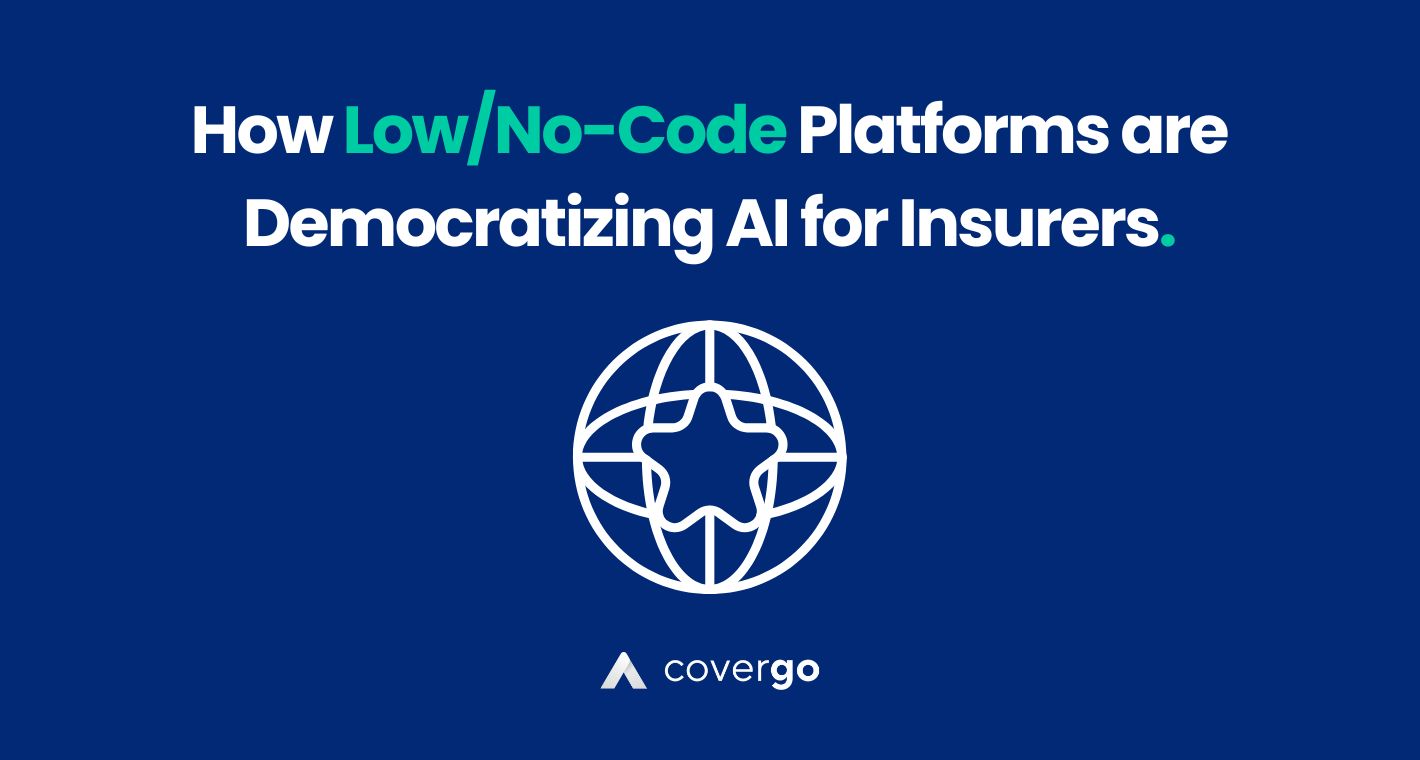Key takeaways:
- Graph Databases: Utilizing graph databases has revolutionized the insurance industry, enabling advanced analyses crucial for profitability.
- Analytics Evolution: Shifting from descriptive to predictive and prescriptive analytics enhances decision-making and risk assessment.
- Big Data Utilization: Analyzing vast amounts of data helps insurers better understand customer behavior, manage relationships, and identify patterns critical for success.
- Digital Transformation: Leveraging data analytics enables insurers to make informed decisions, improve efficiency, and enhance customer satisfaction.
In an ever-evolving technological landscape, the insurance industry faces dynamic challenges and opportunities. A multitude of insurance options is now available worldwide, leaving clients with perplexing questions about choosing the right insurance provider:
-
Is this company reliable?
-
Will they offer the best rates?
-
What is their market reputation?
Similarly, insurance companies grapple with uncertainties about customer behavior, fraud detection, policy risk assessment, and claim certainty. Directly engaging with customers and providing online policy issuance took years to become the norm, with some companies yet to catch up.
Graph Database: A Game Changer
The introduction of graph databases, utilizing a semantic structure with nodes, edges, and properties to represent and store data, has transformed the industry. This technology enables advanced mathematical and financial analyses, enhancing our understanding of customer behavior and risk costs – crucial for the industry’s profitability and stability.
Shifting from Descriptive to Predictive and Prescriptive Analytics
Traditionally, insurance companies primarily focused on descriptive analytics, examining past events. However, the industry’s demands have evolved to include predictive analytics, which forecasts future trends, and prescriptive analytics, which suggests actions to influence outcomes.
Harnessing Big Data
The abundance of data in the insurance sector makes it an ideal candidate for data analytics. Analyzing this data helps construct essential patterns, gain insights into the insurance business, and manage complex relationships between agents and clients.
Challenges in the Insurance Industry
Clients may find the best insurance company, but fraud and policy risks remain significant concerns. Evolving business environments add competition and risk, with issues like theft and fraud plaguing the industry.
Leveraging Data Analytics
Insurance companies use data analytics to gain insights into pricing mechanisms, customer behavior, fraud detection, and risk analysis. By collating precise information on transactions, product performance, and customer satisfaction, insurers can refine their operations.
Transformation through Data Analytics
The digital transformation of insurance companies has brought speed, efficiency, and accuracy to every facet of their operations. Advanced data and predictive analytics have empowered the industry to make data-driven decisions, creating new opportunities and processes.
Use Cases of Data Analytics in the Insurance Industry
-
Insurance Pricing: Sophisticated pricing models help insurers avoid underpricing and generate cost-appropriate premiums.
-
Claim Payment Automation Modeling: Automation leads to faster, more efficient claim processing and increased customer satisfaction.
-
Claim Development Modeling: Accurate prediction of final claim costs ensures financial stability.
-
Life Insurance for Impaired Life Customers: Data-driven assessments reduce the need for expensive medical evaluations, attracting more customers.
-
Fraudulent Claim Modeling: Predictive modeling identifies and prioritizes likely fraudulent activities, optimizing investigative resources and customer satisfaction.
The Value of Data Analytics Data analytics empowers insurers to optimize their operations, assess customer risks, and detect fraudulent activities. Clients can make informed decisions about insurance providers, ultimately increasing the industry’s efficiency and accuracy.
The adoption of big data analytics is reshaping the insurance industry. Investments in data analytics have proven to enhance efficiency, reduce costs, and boost fraud detection rates. Both insurance companies and customers reap the benefits of these data-driven solutions, allowing for more precise targeting and improved services.
CoverGo helps insurers tie together all their processes and collect data in one ecosystem, allowing admins to analyze datapoints across a wide spectrum of processes and teams.
Book a demo today and see how CoverGo can help your business with proper insurance data analytics.
FAQs
Ensuring the reliability of insurance providers is crucial due to the complexities of the insurance landscape. Researching a company’s reputation and financial stability can help address this concern.
Data analytics aid in identifying patterns indicative of fraudulent activities, enabling insurers to prioritize investigations effectively and enhance fraud detection measures.
Predictive analytics forecasts future trends, helping insurers anticipate risks, set appropriate pricing, and make strategic decisions to mitigate potential losses.
- How Low/No-Code Platforms are Democratizing AI for Insurers
- All of the ways AI is Transforming the Insurance M&A Industry.
- 10 Crucial Mistakes to Avoid When Filing an Insurance Claim
- 5 Important Tips That Will Make Filing Claims For Specialized Policies a Breeze
- Artificial Intelligence as The New Defender Against Insurance Fraud



